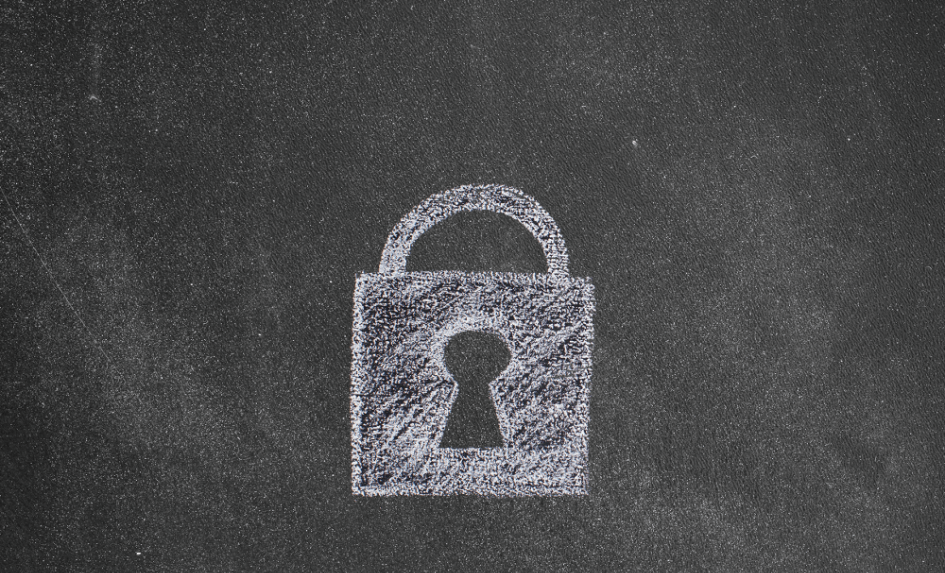The starting point for any school security policy is the separation of children from visitors who have no contact rights. Your first priority should therefore be to maintain a daytime working hours requirement that visitors be channelled away from areas where children are present.
This should involve directing visitors from perimeter entry points to wherever the school chooses to ‘receive’ and ‘process’ them.
Ensure that any visitors are easily identified thereon, ideally using brightly coloured visitor badges and lanyards, which can help with identifying authorised visitors from a distance.
It may be helpful to have DBS-checked visitors wear differently coloured lanyards, thus indicating their authorisation to move around the school unaccompanied.
Certain aspects of school security can often be seen more as a luxury than a necessity, particularly when budgets are tight, but it’s still essential to take care of the basics first.
Anyone with a responsibility for ensuring the school buildings are secure out of hours needs to have a clear plan concerning the locking of all windows and doors.
The best way of doing this, as a final check, is to walk around the exterior of the building, rather than the interior – this will allow for direct and immediate visual inspection of all potential access routes, without the need to navigate corridors and enter every classroom and space with outside-facing doors and glazing.
Intruder alarms are an important part of a school’s security apparatus, and relatively cheap to install, but will only be an effective tool if deployed wisely.
Motion sensors can sometimes be too sensitive or temperamental for certain school environments, but it’s possible to install alarm systems fitted with a ‘dual path configuration’, whereby additional combination passive infrared/microwave sensors are used to prevent false positives.
Many schools will also employ access control devices, typically in the form of combination keypads, proximity cards and/or tokens. These will commonly be used in place of traditional keys and assigned to individual members of staff.
Cards can be programmed in a number of different ways, and potentially used to prevent certain staff from accessing the school grounds or specific areas outside of working hours.
Security of sensitive items is always an important consideration, with items such as cash, keys and sensitive documents requiring 24-hour protection. A safe, or security rated cabinet located in either the Head teacher’s office, or school office is not unusual.
Check that this safe is fire/security rated to at least the minimum recommended by insurers and/or local authority or trust.
It goes without saying that it should be secured at all times, but just in case, my personal recommendation is that it has a securable cabinet within the safe to secure the most sensitive of items, even if the door is open periodically throughout the working day.
Finally, it’s also worth reviewing what arrangements you currently have in place concerning basic key security away from the school environment. This policy will need to be regularly reinforced with every person holding a key to the school.
The keys themselves should always be kept in a safe, concealed location rather than simply left in full view or abandoned by the front door. Always secure them fully out of sight, away from any locations that can easily be accessed by an intruder.
John Archbold is a member of the association of security consultants and Principle consultant of Archbold Security Consultancy – a security advisory service specialising in security planning within the education sector. Email him at john@archboldsecurity.co.uk.










